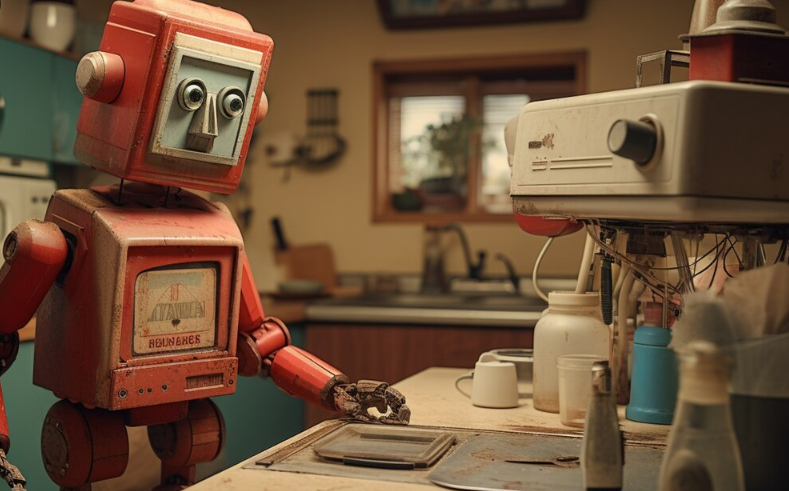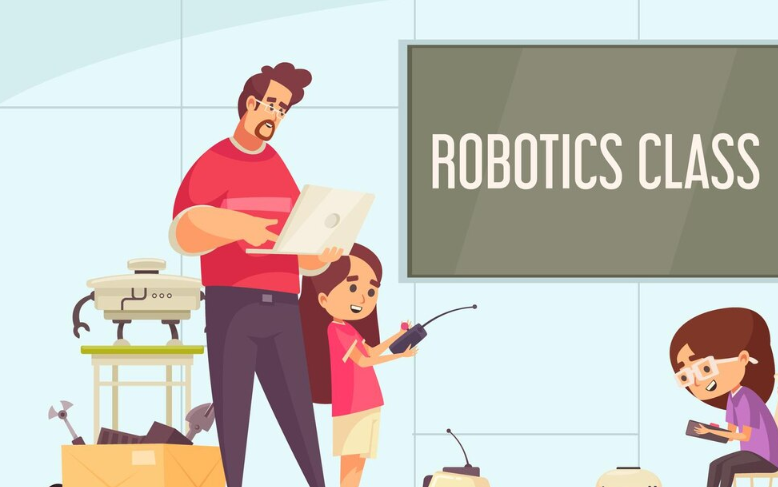Imagine waking up one day and discovering that a tiny part of your genetic code has been edited—corrected like a typo in a document. No surgery, no major disruption, just a quiet tweak to the instructions that define your biology. This is no longer the realm of science fiction. Welcome to the era where your DNA can get an update.
The New Frontier: Gene Editing
At the core of this revolution is gene editing—the ability to precisely modify the DNA sequence within a living organism. The most well-known tool for this is CRISPR-Cas9, a molecular “scissors” system that can cut and replace segments of DNA with remarkable accuracy.
But why would you want to update your DNA in the first place?
Fixing Genetic “Bugs”
Just like a software patch corrects errors in code, gene editing can fix mutations responsible for diseases. Scientists have already used these tools to treat or potentially cure conditions such as:
- Sickle cell anemia
- Certain types of blindness
- Muscular dystrophy
- Cystic fibrosis
In these cases, a single wrong letter in the genetic code can cause life-altering disorders. Updating that one letter can change everything.
Beyond Healing: Upgrading Biology
While the current focus is on therapy, the door is slowly opening toward enhancement. Imagine DNA updates that:
- Boost immune responses
- Improve metabolism
- Increase resistance to viruses
- Even slow down aging
These applications raise serious ethical and social questions, but the science is catching up fast.
How Does It Work?
Gene editing often follows these steps:
- Targeting: A specific section of DNA is identified.
- Cutting: Enzymes (like Cas9) cut the DNA at that spot.
- Repairing or Replacing: The cell’s natural repair process is guided to fix the DNA—either by correcting a mutation or inserting new genetic material.
Some techniques now use base editors or prime editing, which are even more precise and cause less collateral damage to the genome.
DNA Updates in Real Life
In 2020, a woman with a rare genetic condition became the first person to receive CRISPR therapy inside her body. Instead of removing cells, editing them, and putting them back, doctors directly injected the editor where it was needed. This marks the beginning of in vivo gene editing—updating your DNA while it’s still inside you.
Clinical trials are expanding rapidly, with hopes to tackle everything from heart disease to inherited deafness.
Ethical Checkpoints
Updating your DNA isn’t just a scientific challenge—it’s a moral one. Key concerns include:
- Consent: What if edits are made before a person is born?
- Equity: Will only the wealthy have access to genetic upgrades?
- Unintended Effects: What if a fix leads to a new problem?
These questions have led many to call for strict regulation and international oversight.
A Glimpse Into the Future
In the near future, genetic updates might become routine—like vaccines or check-ups. Instead of treating illness reactively, we might prevent it at the molecular level. One day, people might carry gene-editing records along with their medical files.
The idea of “updating your DNA” might sound radical now, but in a few decades, it could be as normal as downloading a software update.
Conclusion
When your DNA gets an update, you’re not just rewriting code—you’re redefining what it means to be human. The power to edit life is here, and with it comes both incredible promise and profound responsibility. The question is no longer if we’ll change our genetic future, but how we’ll choose to do it.


